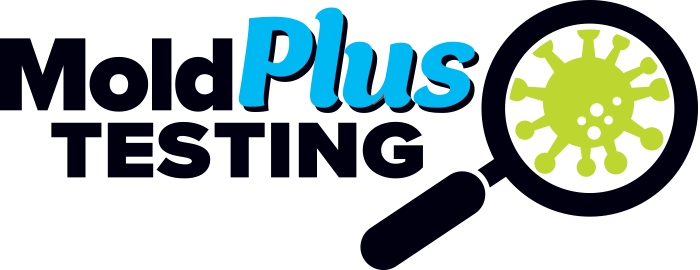Direct ID Sampling
On occasion, direct ID sampling may be necessary or requested. This can be helpful to determine what type of mold is growing in a specific location. It is recommended for fungal identification on visible areas of growth. In addition, it can be used to confirm that a specific area has been adequately cleaned or remediated. It is not always needed to perform direct ID testing since any elevated or visible mold growth found indoors is considered dangerous and remediation is recommended.
- Tape lifting
- Swab testing
- Bulk Sample
Tape Lifting
Swab Testing
Swab testing is performed by moving a damp and sterile swab across a surface to be sampled. It is usually used on non-porous surfaces that show signs of visible mold or active moisture stains. Swab testing is ideal when surfaces are too wet for tape lifting or when bulk sampling is not practical. The obtained sample is inserted into a sterile container, labeled, and sent to a third-party laboratory for analysis.
